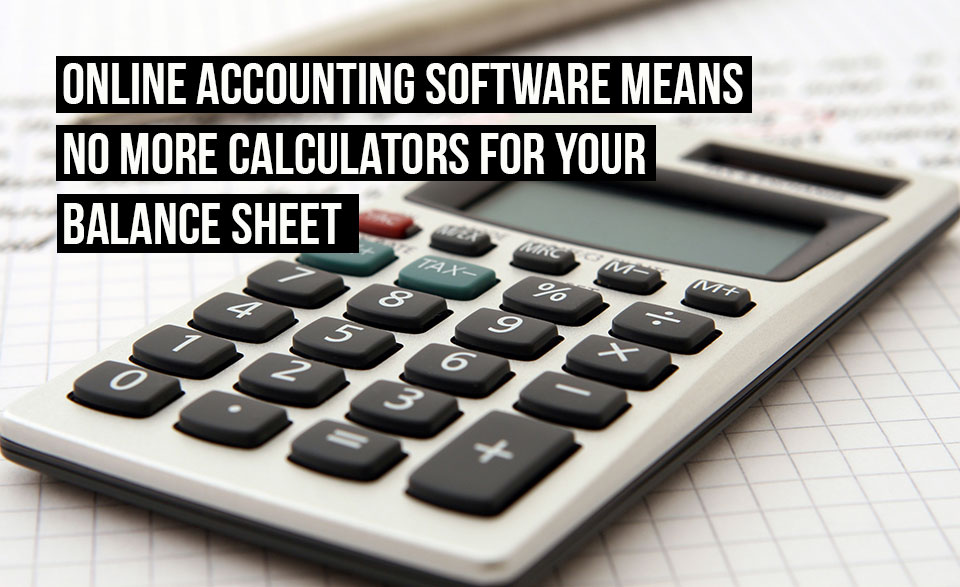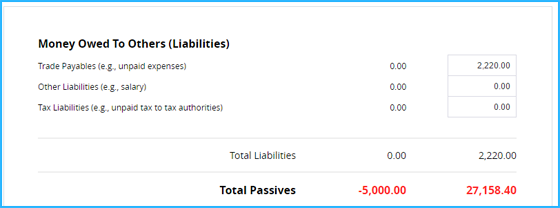Balance sheet - What is a balance sheet?
A balance sheet is a financial statement that shows what the business is worth at a given point in time
Easily generate a balance sheet for your company with Debitoor. Try it free for 7 days.
The purpose of the balance sheet is to provide an idea of a company’s financial position. It does so by outlining the total assets that a company owns and any amounts that it owes to lenders or banks, for example, as well as the amount of equity.
Balance sheets do not show results, even if they can be inferred by comparing the balance of accounts from different time periods.

A standard company balance sheet has three parts: assets, liabilities, and owner’s equity or capital.
For larger limited companies, a balance sheet must be filed once a year as part of the company's statutory accounts.
How the balance sheet works
The balance sheet has two sides that must be equal or balance each other out. The logic behind it is more simple than it seems: a company must pay for its assets by borrowing money from lenders or through investors.
For example:
If Tom’s company takes out a £5,000 loan from the bank, the assets would increase by £5,000, but the liabilities would also increase by £5,000, which effectively balances the accounts.
So, the formula behind the balance sheet is:
Assets = Liabilities + Owner's Equity
The balance sheet provides a snapshot of a company’s accounts at a given point in time. The balance sheet, along with the income and cash flow statement, is an important tool for owners but also for investors because it is used to gain insight into a company and its financial operations.
It is important that investors understand how to use, analyse, and read the document.
Assets
An asset is anything of value that a company owns. This includes cash, property and equipment, inventory, accounts receivables and more. An asset is something that can be converted to cash value.
In the balance sheet, the total value of assets represents an important part of the equation. Assets are an indication of a company’s holdings and contribute to overall value.

Liabilities
A liability is an amount that a company owes. Typically, a liability involves money borrowed in order to support business activities, so can also include accounts payable and general debt.
In the balance sheet, the total liabilities is the total money owed, whether to a lender, bank, or supplier. In relation to the assets, it provides an idea of how stable a business is, as well as whether accounts are overdue.

Owner’s Equity
Owner’s equity refers to the money that can be considered the net assets. It is the assets minus the liabilities. Any remaining value in assets can be attributed to owner’s equity.

Why the balance sheet is important
The data displayed on the balance sheet provides a business with a better idea of the financial state of the business in the given time period. Questions about liquidity and efficiency are two of the more common aspects of a business revealed in the balance sheet.
Liquidity: liquidity is generally more thoroughly measured by applying one or more ratios to produce a percentage that can easily be compared against previous, future, and market percentages. The ratios most commonly used are the current ratio and the quick ratio.
Efficiency: efficiency seems fairly straightforward as it involves how well a business is managing its assets including working capital. This provides a better idea of the financial efficiency on a day-to-day basis for the given time period.
The balance sheet can also provide insight into a business's leverage, which can illustrate the amount of risk being taken, as well as the returns, such as returns on investment (ROI).
Understanding a balance sheet
While it may seem intimidating for those unfamiliar with accounting practices, the balance sheet is easily interpreted, especially for small businesses that have fewer entries as compared to a large corporation, for example.
While one balance sheet on its own only provides information about the period selected, it can be useful to compare it to balance sheets from previous periods as well as calculate ratios mentioned above to compare across these financial periods. In addition, it can be compared with other businesses in order to gain an understanding of how a business stands in a particular industry.
It's useful to view the balance sheet in combination with the other important financial reports such as the profit & loss statement and the VAT report (if applicable).
Balance sheet and Debitoor
Thankfully, modern invoicing and accounting software makes balancing your assets, liabilities and owner’s equity a bit easier. With Debitoor, you can view your balance sheet, which automatically updates when you enter new details, at any given time and select the time frame.
No longer do you need to spend time painstakingly combing through a spreadsheet. The balance sheet gathers and provides the information regarding your accounts. All you need to do is keep them up to date!
